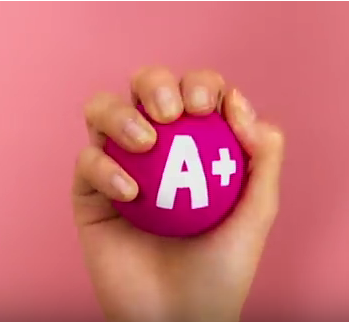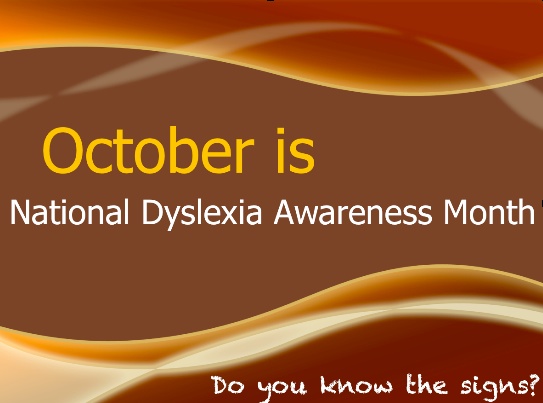 In the United States, many students’ grades drop in the transition between middle school and high school and often never recover. This drop can lead to students underperforming in their high school coursework or opting out of more challenging coursework, which can make them less likely to graduate high school prepared for college. In this way, problems in the transition between 8th and 9th grades can grow over time, resulting in large educational and earning disparities in adulthood.
In the United States, many students’ grades drop in the transition between middle school and high school and often never recover. This drop can lead to students underperforming in their high school coursework or opting out of more challenging coursework, which can make them less likely to graduate high school prepared for college. In this way, problems in the transition between 8th and 9th grades can grow over time, resulting in large educational and earning disparities in adulthood.
Growth Mindset
One promising intervention to help students successfully navigate the transition to high school involves encouraging students to see their intellectual abilities as something that can grow (like a muscle) rather than as something fixed (like eye color). This growth mindset of intelligence intervention encourages students to grow their intelligence through dedicated effort: seeking challenges, trying new strategies, and asking for help when they are stuck. This is in contrast to a fixed mindset of intelligence, which can lead students to think that being challenged or having to work hard means that they are not “naturally” intelligent. Students with a growth mindset can be motivated to seek more rigorous learning experiences and to persist when they encounter difficulties. These behaviors can be reinforced if peers and instructors in the school also view dedicated effort and learning challenges positively.
This brief reports on a short, online growth mindset intervention in a nationally-representative sample. It is the first longitudinal study to evaluate the effects of an adolescent behavior-change intervention of any kind in a nationally-representative sample of U.S. public high schools.
In this study, the National Study of Learning Mindsets, 9th grade students were randomly assigned to learn about the growth mindset (intervention group) or about brain functions (control group). The authors then compared each group’s educational outcomes. For example, they compared students’ 9th grade point average in core courses (mathematics, English language arts, science, and social studies) and whether they took more challenging math courses in 10th grade. The authors were also able to identify the school contexts that supported the positive impact of the intervention.
Key Findings
- Both lower- and higher-achieving students benefited academically from the growth mindset intervention. On average, lower-achieving students who took the program earned significantly higher grades in 9th grade and both higher- and lower-achieving students selected more challenging math courses in 10th
- Students at schools with more supportive learning climates experienced the largest gains. Lower-achieving students who received the intervention at schools in which the peer climate (the “norms”) supported the pursuit of challenging work saw the largest improvements in their grades. Higher-achieving students who received the intervention at the most supportive schools also experienced gains in their GPA
The intervention is available at no cost to all secondary schools in the United States and Canada. Therefore, this short growth mindset intervention, which is provided directly to students and improves their academic achievement, is cost-effective and could be widely implemented throughout North American schools. The Growth Mindset for 9th Graders intervention tested in the study is freely available to schools in the U.S. and Canada at: https://www.perts.net/orientation/hg.
Download a PDF of the brief.







